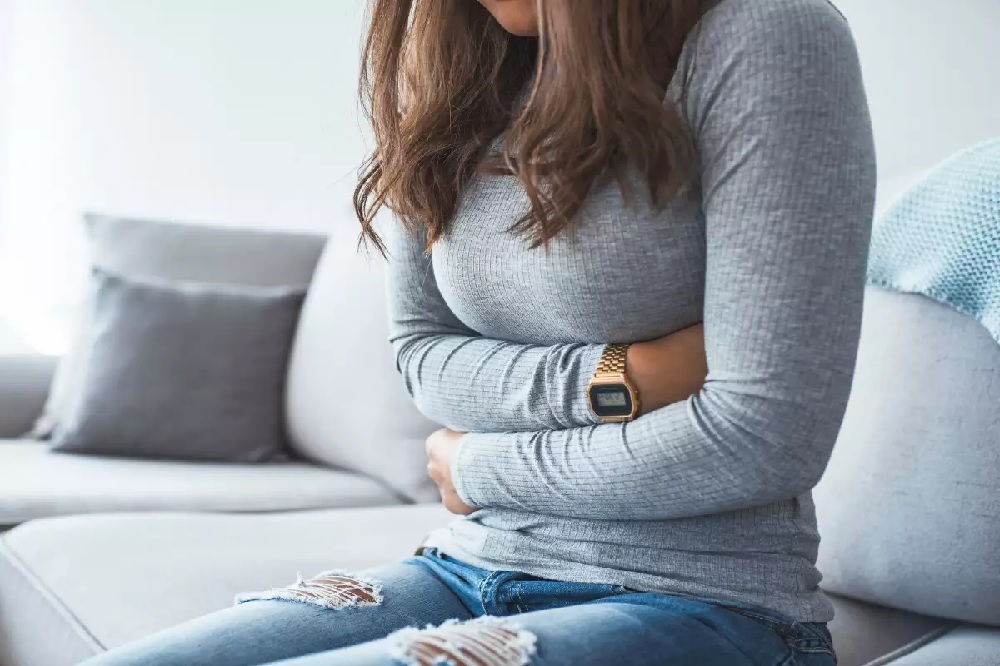You get angry when you see commercials featuring a young lady who appears to be enjoying her period so much that she is willing to climb mountains and perform Herculean feats that she would never do on a normal day. In our opinion, this is just plain annoying. Periods, on the other hand, leave us feeling the exact opposite—tired, moody, fatigued, and wracked with cramps. Speaking of cramps, how many of you have to endure them on a regular basis in order to get through your period? Cramps are always present during your period, making things worse. We’re here for all the nodding women out there. Stay with us as we discuss cramps, the causes of them, and some effective period cramps treatments.
Menstrual cramps are caused by what?
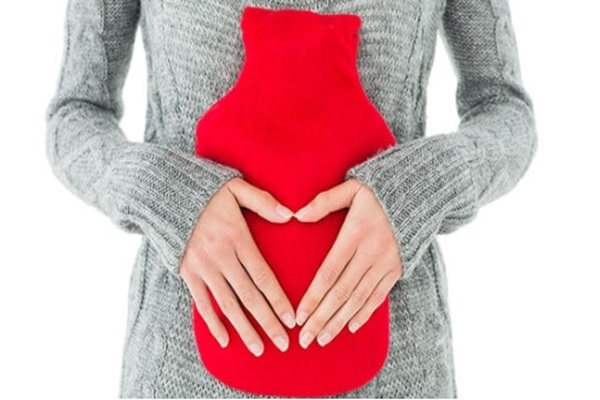
A common symptom of menstruation is discomfort in the lower back and thighs. When you have your period, the muscles of your womb contract and relax in order to remove the lining that has built up. As a result, cramps can occur when these muscles are overworked.
What Makes Pregnancy Cramps So Excruciating?
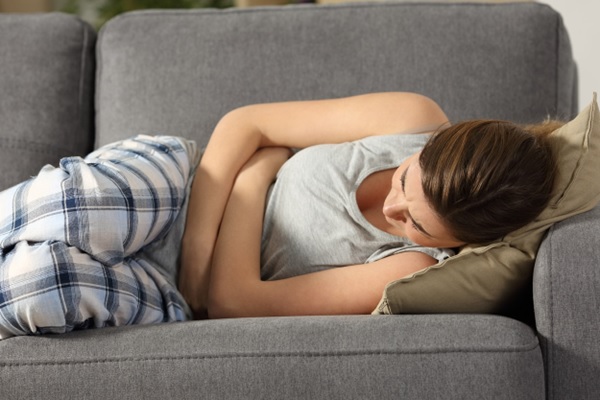
Why some women have painful periods while others do not is a mystery to doctors. Intense pain may be caused by a number of factors, including:
- becoming sexually active when you’re under the age of 20
- having a lot of blood circulating
- a new baby is on the way
- the disease of the uterus (abnormal uterine tissue growth)
- using a hormonal contraceptive
Period Cramps and Natural Treatments
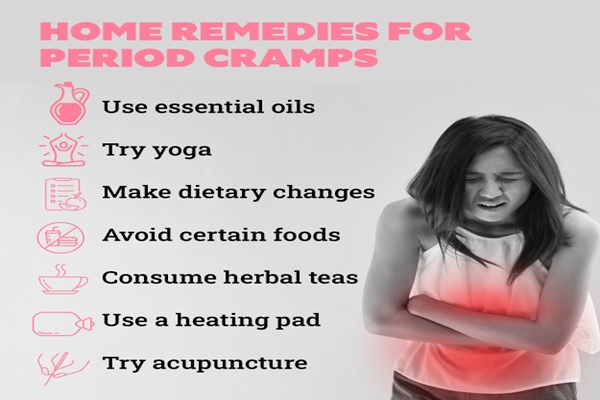
In most cases, mild to short-term cramps can be alleviated with simple at-home treatments.
Learn how to alleviate the pain of period cramps and discover seven safe and effective period cramps remedies in this article.
1) Essential oils can be used to massage the skin.
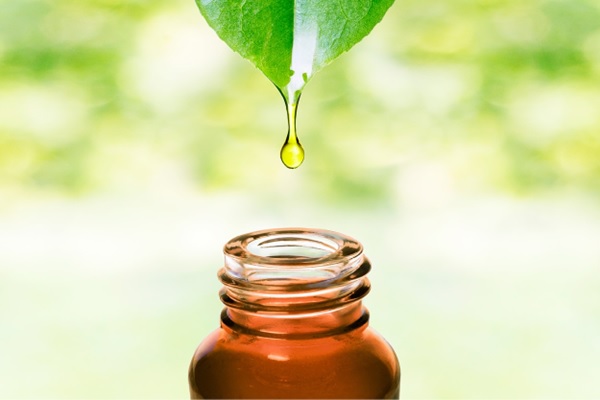
Period cramp relief is easily achieved by massaging your skin with aromatic essential oils. An experiment done in 2012 found that women who were given an essential oil-infused cream for cramp relief reported significantly less pain than women who were given an oil-free cream. There are a number of points on your abdomen, sides, and back that can be massaged during menstruation.
When using essential oils, always dilute them with a carrier oil; one drop of essential oil to one teaspoon of carrier oil is the ideal ratio.
2) Try some yoga positions.
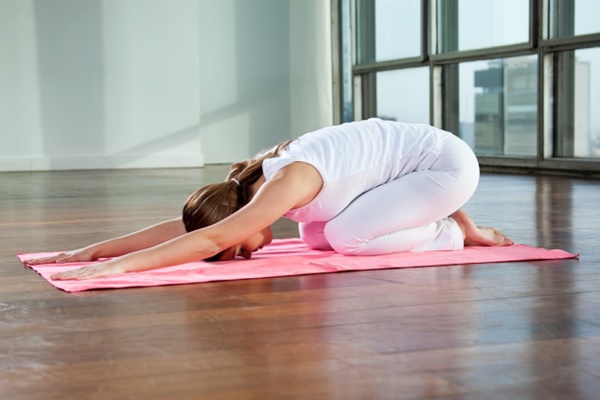
While it may not sound appealing to work out while on your period, the endorphins released during exercise are effective in reducing menstrual pain. Period cramps can be alleviated with the help of yoga, a gentle form of exercise. Cure cramps with these poses: baddha kona, balasana, bharadvjayi, and viparita karan. Avoid doing inverted poses, as they can disrupt your natural movement patterns.
Read also: With Ayurveda, You’ll Get All-Over Care
3) Avoiding certain foods.
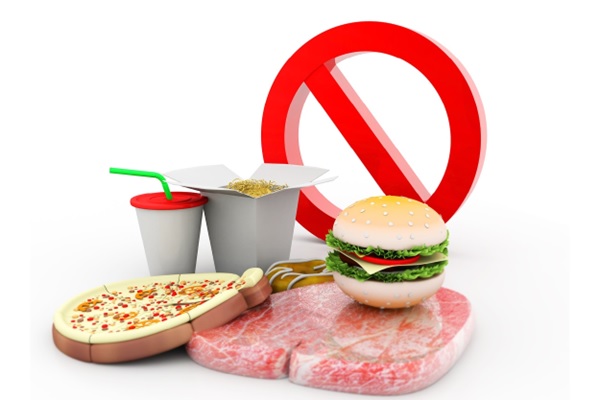
Avoid foods that cause bloating and water retention during menstruation. Pregnancy cramps can be alleviated by cutting back on the amount of these foods you eat. The following are some foods to steer clear of:
- High-fat foods.
- Foods high in salt
- Alcohol
- Caffeine
- Beverages with carbonation
It may be difficult to reduce your intake of these foods and beverages, but if that doesn’t work, try cutting back. Alternatively, you can look for substitutes. Instead of a cup of coffee, try a cup of ginger and lemon tea. Instead of reaching for junk food, snack on fruits like strawberries or raspberries.
4) The use of a heating pad.
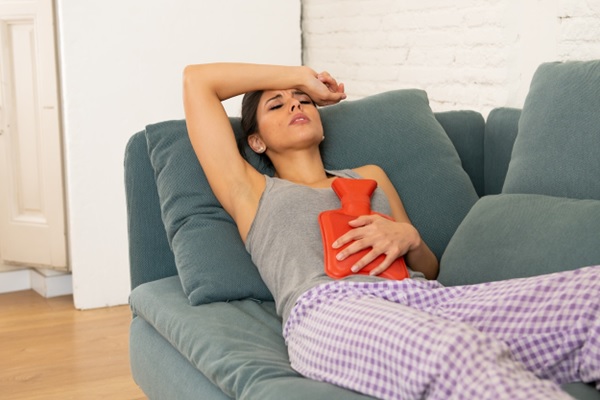
You can treat the uterus like any other muscle by applying heat to it. Period cramps can be relieved by using a heating pad or hot water bottle, and this has been proven scientifically. Cramps are less painful when you take this supplement. If you don’t have access to a heating pad, a hot towel will suffice. You can also make your own heating pad if you prefer:
- To begin, cut and sew two pieces of fabric together, leaving a gap at the top.
- It’s best to use uncooked rice for this.
- Heat in the microwave for a few seconds until piping hot.
- If necessary, allow it to cool. Wrap the pad in a towel to keep the heat from escaping. Reuse when necessary.
5) Drink herbal teas.
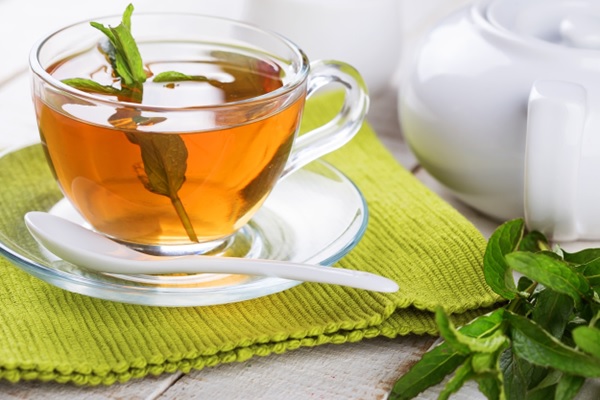
In addition to being soothing and calming, herbal teas can help alleviate period cramps. Nutritionists believe that certain herbal teas may alleviate menstrual cramps, but there is little evidence to support this. Teas containing chamomile or peppermint are recommended for the relief of menstrual cramps.
6) Make dietary alterations.
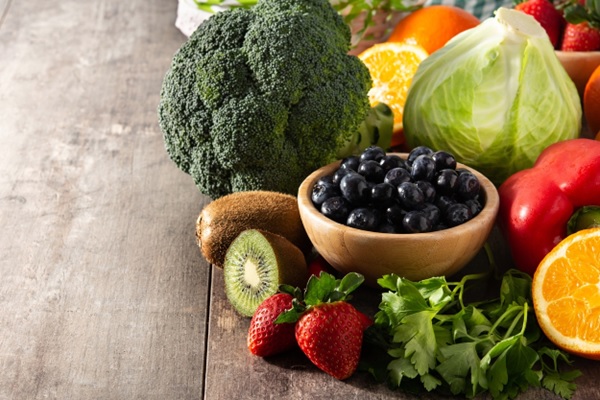
Menstrual cramps can be alleviated by making changes to your diet. Magnesium is a nutrient that can alleviate period cramps. It can be found in a variety of foods, including:
- Soybeans, black
- yoghurt
- almonds
- spinach
- peanut butter
- walnuts
- Pumpkin seeds
These can be incorporated into your daily diet.
Saturated fats, such as those found in animal products, can be substituted with unsaturated fats, such as those in olive oil, to improve your health.
Additionally, you should include the following foods in your diet because of their high nutritional value:
- Papaya because of its high concentration of vitamins and minerals.
- Brown rice because of its high vitamin B6 content, which helps to reduce bloating.
- To get vitamin E, eat a lot of olive oil and broccoli.
- In terms of iron, the best sources are red meat, poultry, and green leafy vegetables. Because we lose a lot of iron during menstruation, these are essential.
- Vitamin E, which has anti-inflammatory and anti-inflammatory properties, as well as omega-3 fatty acids found in flaxseeds
7) Consider acupuncture as an option.
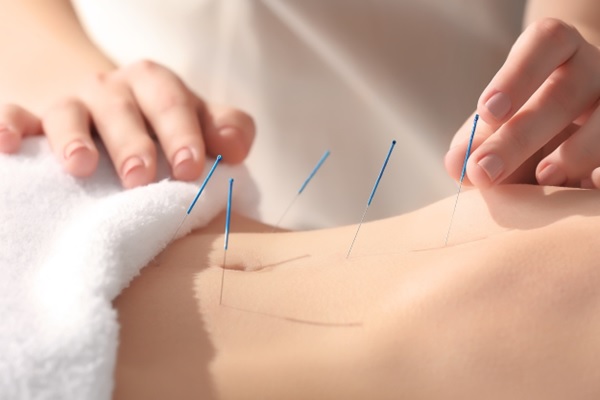
Cramps can be greatly alleviated by acupuncture as well. Relaxation of the nervous system and increased blood flow to internal organs are the primary goals of this age-old healing technique.
You should see a doctor when?

If these home remedies fail to alleviate your period cramps, you should seek medical attention. If you notice any of the following symptoms, you may want to see your doctor:
- Excessive bruising
- inability to carry out daily tasks because of severe pain or discomfort
- aches and pains that worsen with time
- over-the-counter drugs don’t have any effect
Other home remedies or medications can be prescribed by a doctor to alleviate the symptoms. In some cases, these signs and symptoms may point to an underlying condition, for which a doctor can offer treatment recommendations.
